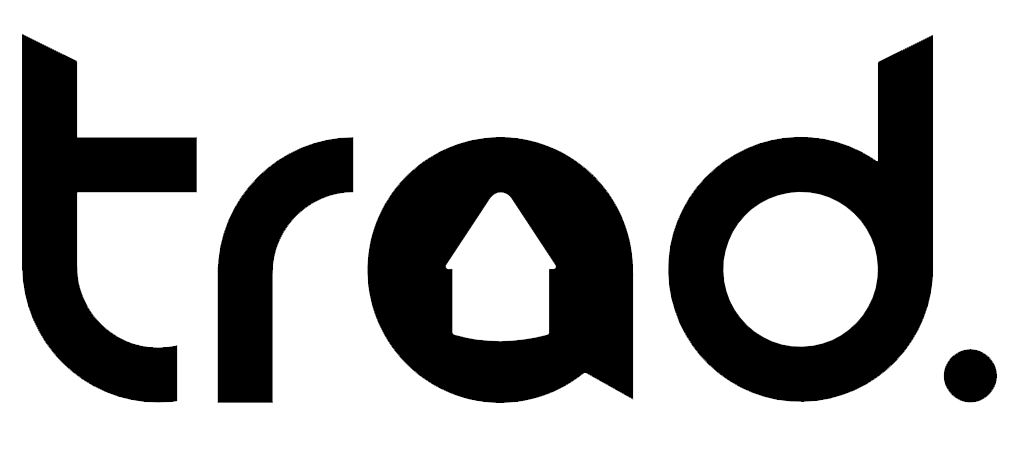Nelson Mandela’s book Conversations With Myself has been my version of a frayed blanket that travels through life with me. Like a gift endowed at birth, this book met my fresh hope at 10 years old to teach me an abundance of lessons. I remember how my heart felt on that day after school; the book displayed on the news, the rare occasion of my mom and dad being home from work when my sisters and I got off the bus. It felt fateful. That day in 2010, my heart skipped a beat and ran to the moon as I attached my yearning for better to a man who told me to hope more.
The price was steep, but I dragged my father to the bookstore and begged for those pages to make me appear stronger. I wanted a shield. The Bible I learned about seemed less like a sword every day and not exceptional at drying tears. Mandela’s words, Mandela’s life would do much better. Instead, it sat there on the corner of my desk in my Grade 4 classroom as I cowered in shame because I had trusted paper to keep me safe. It then sat in the corner of multiple bookshelves as I retreated into the feeling of despair. More than ten years later, it still routinely sits in my hands as I ponder over the pages.
Today, I wonder not only about the words he wrote but why I wanted them so badly to become my own. As a child, I never dreamt of damaged optimism when staring at the ceiling. I never assumed that hope would be a task, an enemy and a refuge altogether. In Conversations with Myself, he spoke so highly of hope “I never dreamt that time and hope can mean so much one as they do now…”, “Hope is a powerful weapon when nothing else remains…”, “This fact endows my spirit with powerful wings…”. Yet when I think of how I feel presently and how the hope in his words moves through time, I wonder if I can ever go back to the way he made me feel when I was 10.
I’d wanted hope to carry me along in life. Not only knowing that it existed but that it would result in a glorious end. I wanted to be a victor against the world and refused to let other emotions penetrate my armour. Rules were made early, based on that iteration of hope. Anger, grief, sadness had no place in this battle. Trauma had no space to exist.
When I was young, Mandela’s book was the strength of hope wrapped in a captivating story. I was enamoured by his life, and despite knowing little about who he was, I saw myself in him. What I find myself acknowledging now is that I did not fully believe in hope. I wanted to use it because it seemed like the most respectful tool to understand a violent reality. I feel now that it was used to keep me toying with the hand I was dealt, beat with, if not assimilated to.
Dr. Tressie McMilliam Cottom wrote about the weaponry of hope “wielded against Black thinkers, writers, artists and people in the public domain.” When hope, a seemingly buoyant life jacket one can employ against the rapids of life, becomes known as an illusion, it is pressed upon you, drenched in shame by those who assume you should be grateful for only an elusive feeling.
There are specific ways to be enticed by hope, that Wednesday afternoon was one of them. But there are also ways to be repulsed by it. And when I question the representations of myself tied down by hope, I wonder how getting lost in the plots of others’ lives was a saving grace as much as a poison. As Dr. McMilliam Cottom notes, oftentimes, Black optimism is presented devoid of Black anger over the veneer of white civility.
My representations and imaginations of myself in stories (T.V, movies, books) have been living while dead. I see my situation as a societal evil forced upon me, dooming me to death. It is my beginning, my arc, my climax, my end. The hope I carry around to watch the screen is currency that allows the story of hope inside of the screen. Many stories I have looked to for inspiration leave little space to understand and heal from the trauma that required me to seek hope in the first place.
What hope has on the other side of it is the recognition of pain. Deeply knowing one’s pain and seeking communion with others who share such pain is a form of storytelling which Dr. Nkechinyelum A. Chioneso notes in her C-HeARTS (Community Healing and Resistance Through Storytelling) framework. And while I find it difficult to depart from my 10-year-old self’s idea of hope, at the same time, I am hesitant towards it, the spaces I am allowed to hold it, and the things I push towards it.
So while I can’t define what hope means to me today, it connects me to the ability to resist and heal through story. It’s why I was enamoured by the words of a 92-year-old at age 10 and why my heart still breaks from his death. It’s because of the arc of his life and the beginning of mine. Chioneso’s work brings me back to the child who yearned for better and had been exposed to wounds by a friend like hope. I forgot that in my soul’s struggle to comprehend the attack, I was not alone in this feeling.


